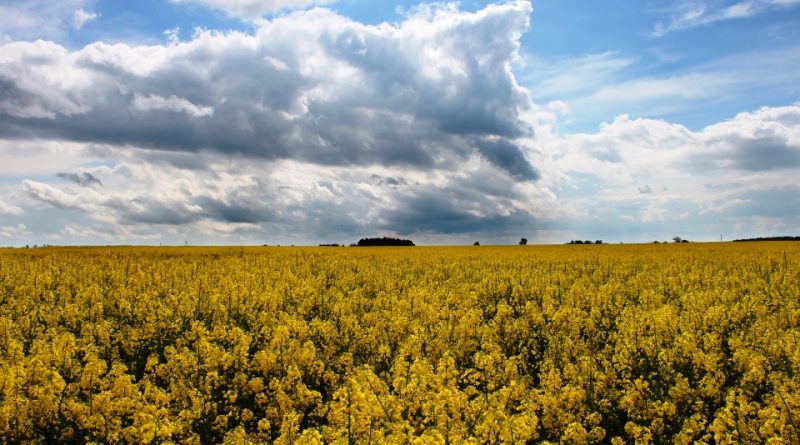Land grabbing
Land grabbing
The term land grabbing refers to the action of hoarding land, hence the meaning of the English term, often operated by large groups and multinationals which aim to acquire huge tracts of land to be used for the intensive cultivation of products to be exported (in particular, are used to produce raw materials which, in turn, will be used for the production of biofuels).
Land grabbing is a global economic and geopolitical phenomenon, which has expanded more and more in recent times but which has come to the fore in the first decade of the 21st century.
This acquisition takes place on a large scale, especially in developing countries, and is carried out through the leasing or purchase of large agricultural extensions by transnational companies, foreign governments, or individual private subjects.
Although this practice has its roots in historical periods, it should be noted that the phenomenon has taken on a particular relevance and connotation since the years 2007-2008. It was precisely in this period that the acquisition of land was stimulated and guided by the effects of the agricultural price crisis that occurred in those years and by the consequent desire on the part of some countries to ensure the availability of supplies and their own food reserves .
Data and analytics –
According to a 2010 World Bank estimate, Land Grab Investments finds that, in the period from October 2008 to August 2009 alone, agricultural land acquisitions amounting to 46 million hectares (which is an area equal to about one and a half times that of Italy) and of these about two thirds are located in sub-Saharan Africa. Furthermore, of the 464 acquisitions examined by the World Bank, only 203 reported the extent of the land acquired: this would imply, in the figures reported, a drastic underestimation of the real extent of the phenomenon, which could concern agricultural areas up to double the estimated 46 million hectares by the World Bank.
A subsequent study, based on data provided to an international congress convened in April 2011 by the Land Deal Politics Initiative, estimated that land deals represent an area of approximately 80 million hectares.
In general, investments in agricultural land often take the legal form of a long-term lease rather than a purchase. Normally the duration of these leases varies between 25 and 99 years.
Such contracts are usually entered into between investors and national or local governments. Since the lands of Africa, for the most part, are classified as “non-private assets” (as a result of particular public policy regulations of governments or, in some cases, the lack of effective title to the properties) the Most of the land available for such investment is owned by governments or under their direct control.
On the other hand, purchases are much less common than rental contracts due to nationalistic constitutional prohibitions, which prevent the transfer of land properties to foreigners.
Consequences –
The most relevant consequences of land grabbing are linked above all to the effects of cultivation techniques, which are mainly intensive and often monoculture, on soil fertility, on the biodiversity of entire areas which are often deforested and cultivated for the first time and on the consequent impacts on entire ecosystems.
Among other things, in the majority of cases, the “hoarded” lands are cultivated by entire populations who have lived there for decades, if not centuries. In this way the action of land grabbing induces entire populations to move, and often all this occurs in violation of fundamental rights.
Among other things, very often, the land purchase methods are not entirely transparent.
The number of lands grabbed and stolen from local populations has been growing in recent years and, according to current estimates, 80 million hectares are grabbed worldwide and particularly in Africa.

